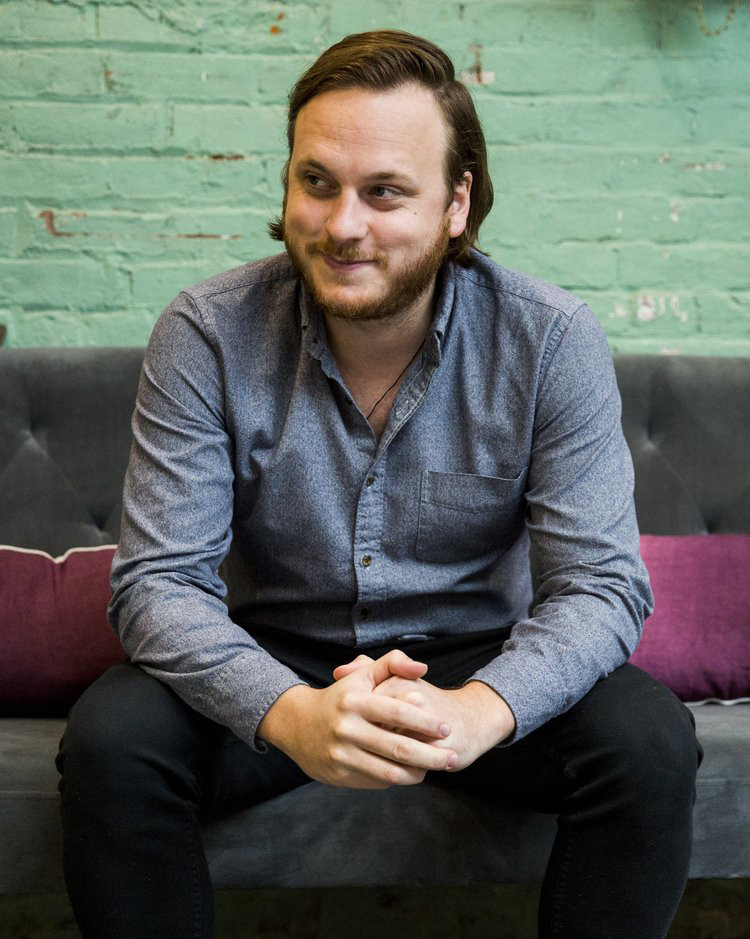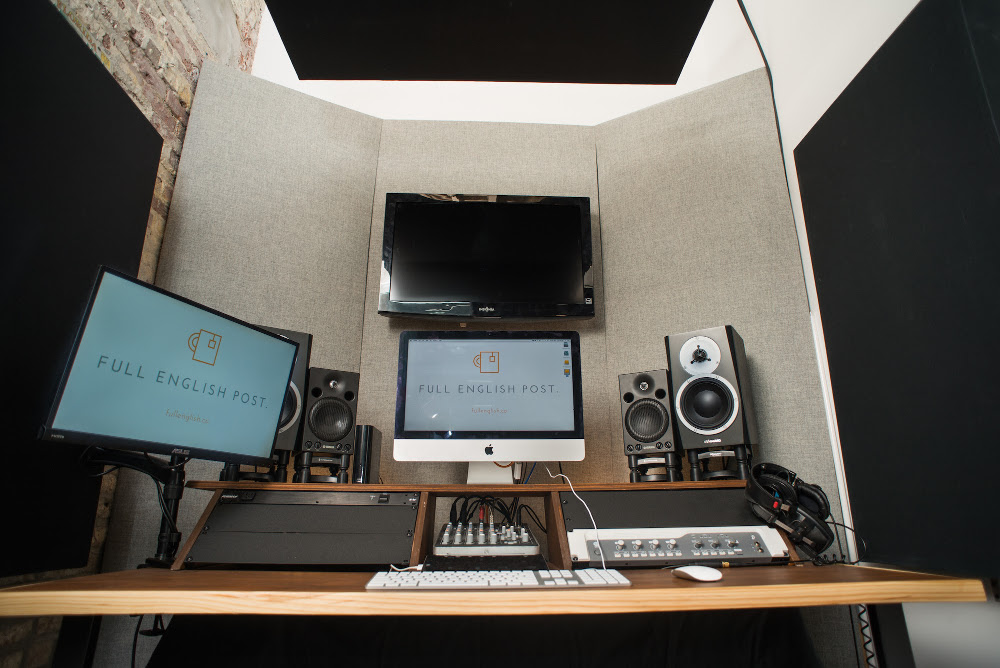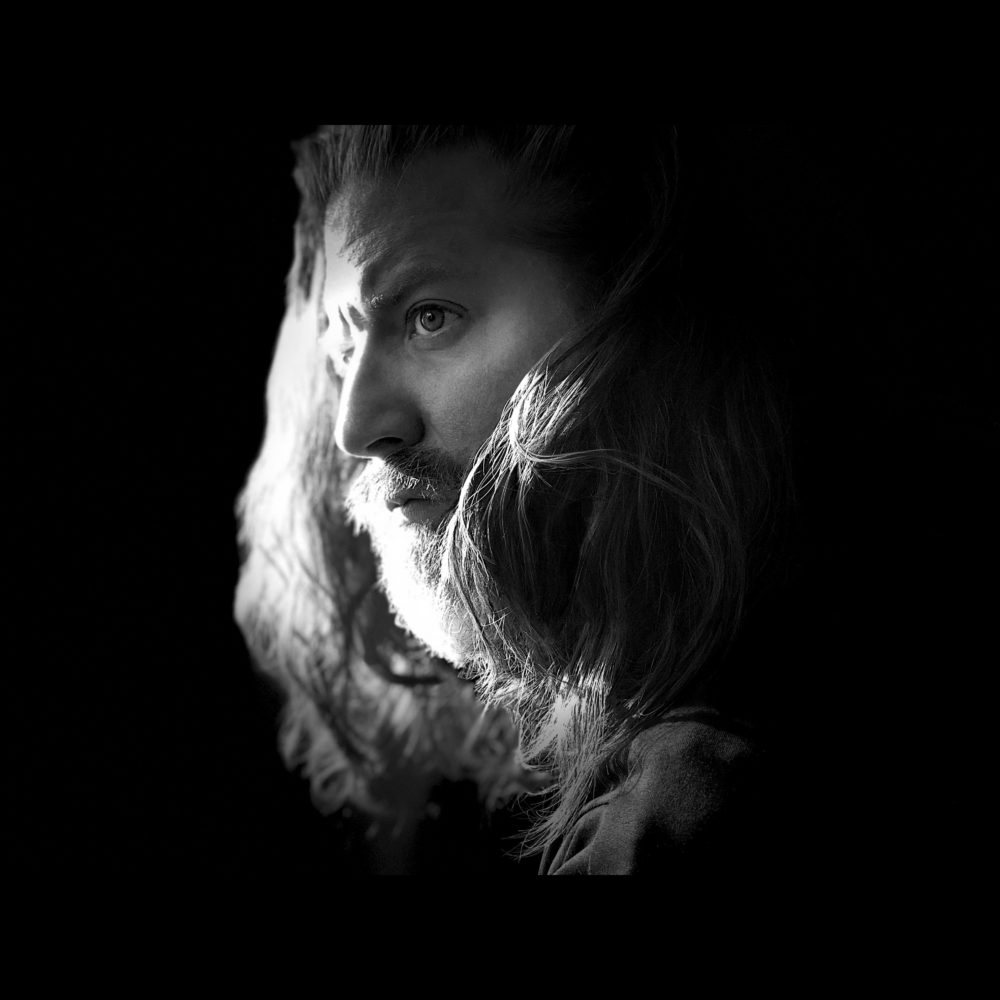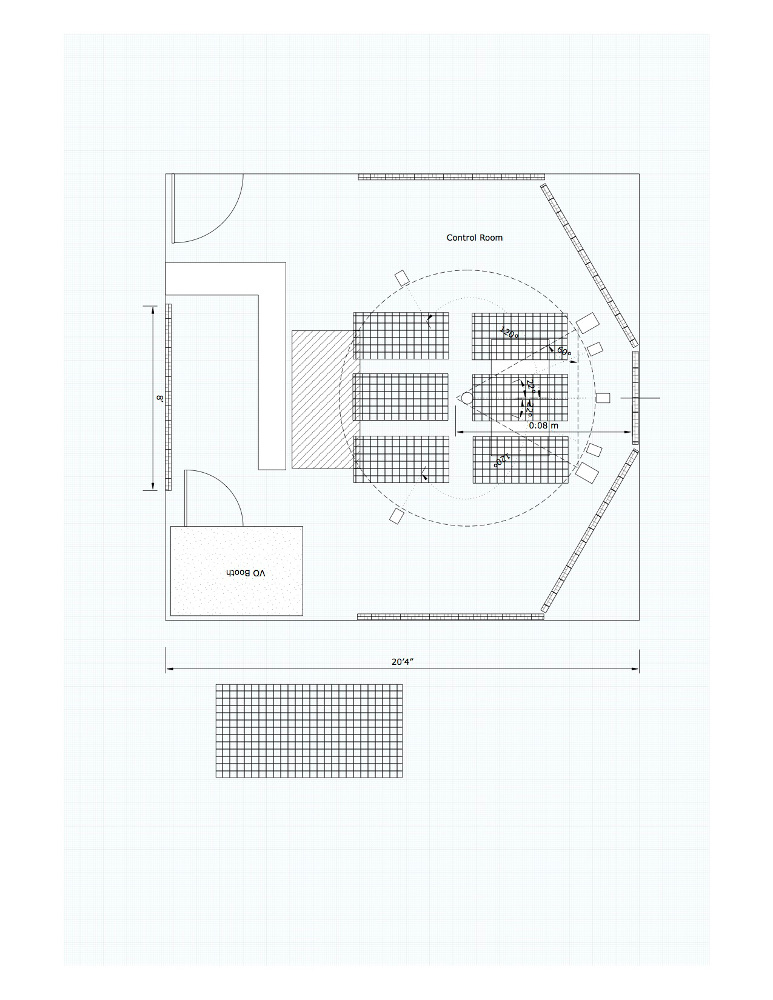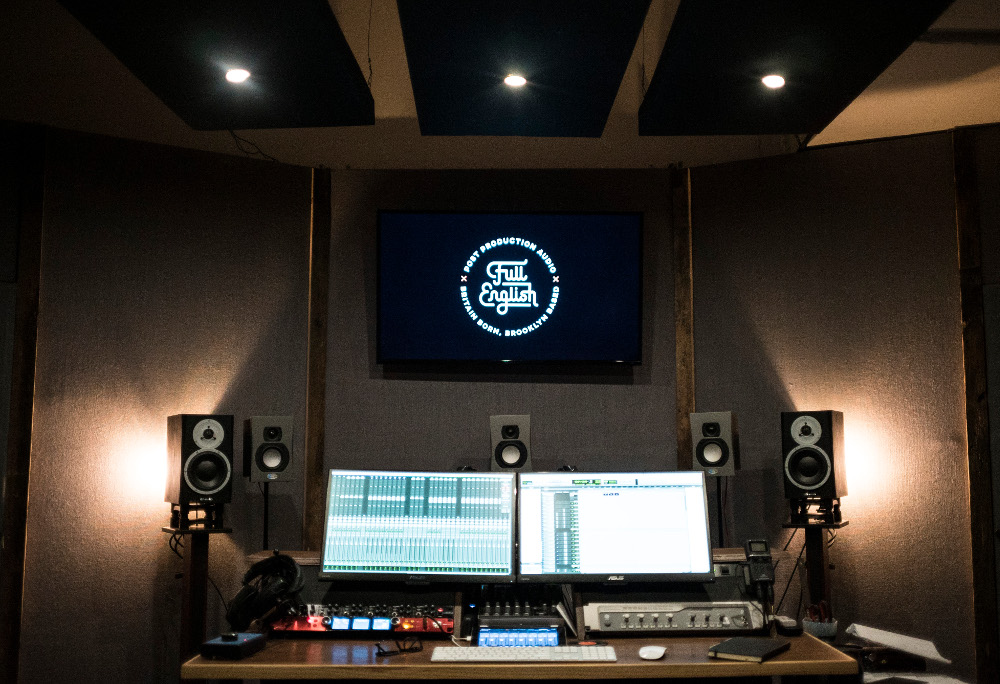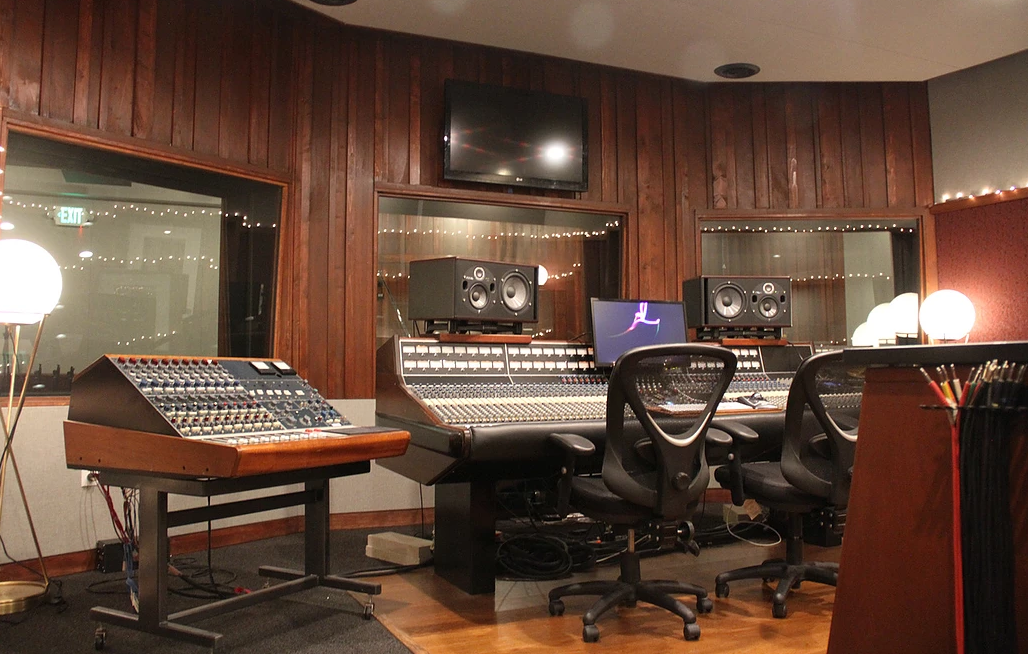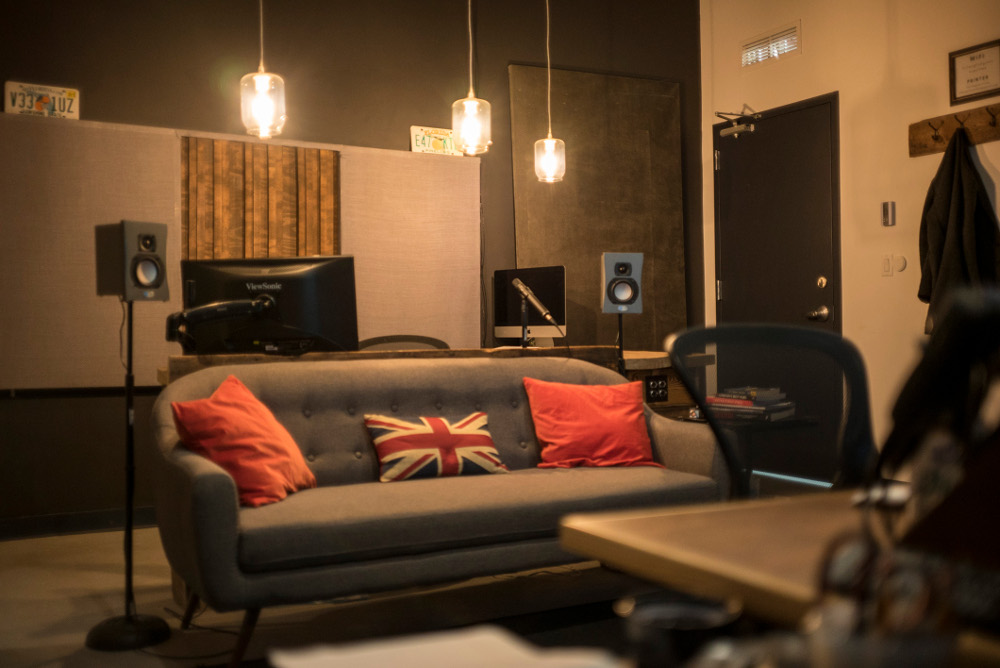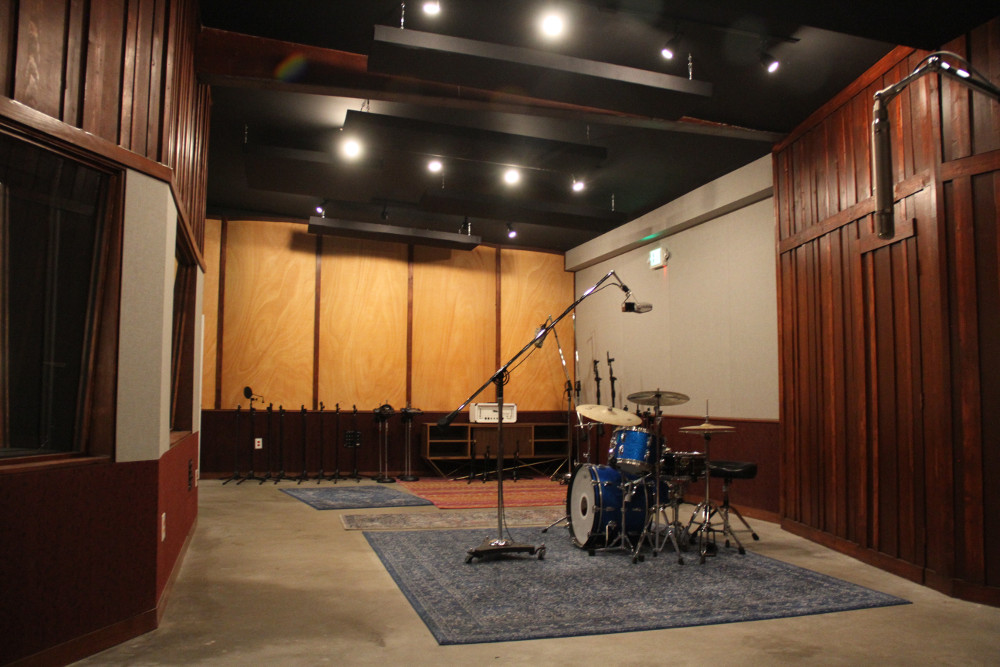Moving Studios is Perilous: A Guide to Bypass the Pitfalls
It’s a phrase that simultaneously conjures up opportunity and dread: moving studios.
Like businesses across every vertical, many audio facilities reach a juncture that calls for changing locations. From recording to mixing, mastering and post, studios may reach a day when they have to move on.
The impetus could be positive, like an ambitious expansion, or negative, such as a sale of the building or the need to downsize. Whether it’s coming from the plus or minus side, however, one thing is certain: Devising the right plan can reduce the pain.
Knowing When It’s Time
After just over a year in business at his location at Gowanus, Brooklyn, it was already time for Full English Post founder Kieran Kaye to pull up stakes. He got off to a fast start there, leading to credits for big brands like Jose Cuervo, State Farm, and Budweiser. Although he had already thoroughly thought out his first spot at the big workspace building called Bond Collective, it was soon clear that an expansion was in order.
As a result, Kaye had to execute a move to 1000 Dean Street in Brooklyn’s Crown Heights after just 13 months, setting up his new shop in December of 2017. “The idea to move was triggered by a need for more physical space,” Kaye explains. “While I was at a shared workspace for the first year of business, I embraced the all-inclusive amenities and community in order to get the company off the ground.
“The space was fantastic and even included a communal voiceover (VO) booth that I was allowed to connect to my unit, saving me initial building costs,” he continues. “Despite the positive energy of the space and built-in network of clients I had discovered, it wasn’t until more clients wanted to attend mix sessions that I started thinking about upgrading my space. The unit was a great edit suite but only had room for 2-3 clients seated behind the mix position which wasn’t always ideal.
“The final straw that forced the location shift was a 5.1 surround sound studio upgrade for cinema mixes. It was an upgrade I had been holding back on, but when a big job for a cinema commercial mix came in I had to make the leap. Again, the room was adequately treated but a little small for an ideal acoustic platform for surround sound. Time for a move!”
For Manhattan-based composer/producer/mixer David Sisko (Justin Timberlake, Goldfrapp, Kelly Clarkson, Lincoln Motors, Pepsi), moving studios has been a way of life since long before he went pro. “I put together my first basic studio together when I was 13 years old: a Korg Poly 800 synthesizer, amps, cassette tape decks and effects pedals,” he recalls. “So the issues of moving gear from place to place has been with me for a very, very long time!”
Sisko arrived in New York City in 1994 to pursue music professionally and attend The Masters of Music Technology Program at NYU. “Effectively I have been in four studios during that time, and I am moving to my fifth studio this summer — that will be four moves in total,” notes Sisko, who has just released his latest mixtape “Nite Dragon“. “I have experienced a number of reasons for moving. One, for professional reasons and to expand my business. Two, shady-ass landlord raising the rent. Three, loss of lease.”
In Los Angeles. the recording/mixing facility Big Bad Sound had their own good reasons for needing to get to new digs after five years in operation, recently heading from Silver Lake to Highland Park/Lincoln Heights. “This is our first move going from home studio to a professional dedicated space,” says co-founder Jack Ruley. “We started to outgrow the space that we were in, and expanded to cater to a new clientele that we couldn’t accommodate at our original location.”
Thinking It Through
Before he could move on to his next location, Kaye carefully speced out the criteria for his growing audio post enterprise. “I wanted enough space to create the studio I’ve always wanted but that didn’t break the bank,” he explains. “I needed a producer’s desk behind the mix position as well as a sofa, enough room for a 5.1 system, and a small reception area within the unit, something pleasant for clients to walk into.
“The unit needed to be somewhat acoustically solid, too — no flimsy stud walls and no windows. I struggled finding units with no windows, but when you do find them they’re usually cheaper because most people want natural light. When dealing with a studio, realtors can be put off by the fact that you’re making a lot of loud noise. It helps that I’m not blasting huge guitar amps and drum kits since I’m in post-production audio, but my system still packs a punch, certainly enough to bother neighbors.
“The final bonus to me was having a reception area for the building entrance. A lot of office blocks or commercial spaces can be very confusing for clients visiting for the first time, so it was important to me to have someone to receive guests.”
With a clear vision in hand, Kaye was able to drill down to a short list of candidate buildings, including the one he was in at the time. “When I knew I wanted to move I initially looked at larger units within the coworking space I was located in,” he says, “but with all the amenities included, I felt I wasn’t getting great value and it was going to push my overheads through the roof.
“I began the search for an entirely different location but still within Brooklyn. After looking at several other spaces such as Empire Stores, my top choices were Industry City and 1000 Dean. These are both locations with a great sense of community and a lot of creative/production companies — my target clients — located in the space yet less bells and whistles included in rent which, ultimately reduces expenses.
“The final deciding factors between the two spaces were mostly down to windows and location. 1000 Dean had a unit with no windows, reducing acoustic treatment costs and was also located more conveniently for me personally. While I loved Industry City, the windows are still the original factory windows from the early 1900’s and not acoustically solid. Industry City has the micro-economy I was seeking and lots of community events but one of those events includes a summer concert series, often during the day, in between the buildings. Live music plus thin windows was a big deciding factor against moving to the space.”

Out with the old: Big Bad Sound realized they had to move on from this small, but serviceable space in Silver Lake.
Even though the proprietors of LA’s Big Bad Sound knew that a move was necessary to grow the business, pulling the trigger wasn’t easy. “We knew we were going to miss the comfort of being in a home,” Ruley notes. “Leaving our location there was a big fear of losing the magic that gave us the ability to expand. We were definitely afraid that it might be harder to replicate our old space in our new space.”
“I’d gotten used to the way it functioned and the way it was set up,” adds Big Bad Sound Chief Engineer/Co-Owner Zach Fisher. “In moving there was a big learning curve involved which, in its own right, is exciting and strange coming from a place I so confidently knew.”
Like Full English Post, Big Bad Sound made a list of necessary attributes for their Facility 2.0. Desired qualities included a location on LA’s East side — a creative neighborhood and music scene hub — in a small- to mid-sized warehouse that would preclude sharing the space with another business. Also needed were ceiling heights that would allow them to be competitive with some of the larger studios in Los Angeles.
Big Bad Sound got some additional muscle to help them with the search, enlisting a realtor with specific knowledge of studios, Norm Kerner, to help out. Even with the assist, their quest required time. “It took us nearly 10 months,” Fisher says. “We had a very motivated seller.”
Sisko faced his own misgivings on the way to his most recent decision to relocate. “It’s always difficult to move from a place you’re comfortable in,” he says. “Especially a place that’s suitable for making music — discreet and sounds good — and that your clients enjoy working in. All of the studios I have been in have offered that.
“One can do world-class work on a laptop and headphones in a café,” Sisko points out. “There’s nothing worse than a pristine, expensive studio, where the vibe is ‘off.’ I almost got caught moving into one of those locations recently. Don’t get too hung up on either.
“What I look for minimally: A clean soundproof control room of about 150-200 square feet in Manhattan. Access to a silent vocal booth, large enough for a string quartet, with zero leakage from any other sound source in the building. Other beneficial amenities include a kitchen, clean bathrooms, extra storage, waiting rooms, other cool producers/engineers that you can hang with, a creative vibe, access to a live room and professional clients/artists, to name a few.”
To find his latest location, the NYC composer/producer turned to multiple resources. “A solid circle of friends and professional colleagues were able to introduce me to a few options,” Sisko says. “Generally, when looking for a new space I send about 25 emails out, but also look fairly exhaustively on Craigslist, etc… to evaluate what the market is like.
“My new space has not, technically, been finalized, but it looks to be an opportunity that I simply cannot pass up. It’s in a new, fairly large facility that’s currently being built in Chelsea. It will be revealed soon. In the new space where I will be moving, several of us will be ‘mobile’ within the space: We will be able to access different rooms and spaces depending upon our individual daily/weekly needs.
“Furthermore, there will be a live performance space, a photography studio and several other amenities that cater to both the client and greater public, for events, etc… This was not my design, but I did suggest several ideas that could be useful for all of us involved. I’m fortunate to have a wide variety of clients – from presidents of labels to rappers from Crown Heights, Brooklyn – ALL have to feel equally comfortable in any space I work in.”
Time to Design
Depending on the type of space a studio is moving into, a new leaseholder could find anything from a ground-up buildout to a turnkey facility waiting for them. The more raw the new studio, the more work awaits, as well as a greater opportunity to customize the overall layout, acoustics, wiring, and networking to taste.
Big Bad Sound collaborated with teams to help them with the design and wiring, working closely with them to nail the balance between what they wanted versus what they could reasonably afford.
“The overall desire was to build a world class space and functional B room,” Ruley says. “In LA there are so many bands that want a great recording process, but functioning under extreme budget, so we built a room that could function as a budget-conscious studio as well as an overdub room to our A room. We’re fortunate enough in building a new studio that we were able to design and build to match a modern industry.”
Kaye evaluated every potential locale for his audio post practice carefully, checking dimensions and spending time to figure out how the space would work logistically and acoustically.
“I had a rough design in mind that I could apply to most spaces, plus all my little mathematical calculations for speaker placement etc…,” he explains. “Once I had committed to 1000 Dean I used SketchUp to more intricately design the studio layout and acoustic panel placement. My studio wiring remained much the same as the previous studio, but with added overhead cabling to the producer desk, sofa, 5.1 surround speakers and VO booth. I’ve worked in many large studio facilities in London so I essentially took all the elements that I liked from each and applied it to the new studio.
“I improved audio quality by having larger corner bass traps and moving my speakers further away from the mix position. I designed the room layout in such a way that places the mix position at 38% of the room from the front wall yet allows for a client sofa behind me and a producer desk behind that.
“There’s a computer set up on the producer desk as well as a screen with a duplication of the main TV for critical viewing. A small coffee station and bar add to client amenities too. For the overall look and aesthetic design I scoured Pinterest for inspiration. I wanted a modern yet rustic look to the studio which also fits the industrial-chic look of the building.”
Intruding on Kaye’s plans, however, were the reality of building codes and regulations that required mental flexibility and tweaks to his original blueprints.
“An initial plan was to have a separate reception area, VO booth and boxed-in control room,” he recalls. “It soon became apparent that permits and fire regulations would be costly and restricting so ultimately everything is in one room now. The high ceilings and HVAC ducting were an issue and meant I had to rethink my acoustic treatment. Currently my mix position sounds fantastic, but the ducting needs to be more efficiently treated to reduce room noise. I had not allowed for that when I viewed the room!”
A coast away, Big Bad Sound dealt with a similar scenario. “The codes in LA are stringent,” says Fisher. “We had to redo certain things involved with our electrical and doors but we were able to make it work.”
“Don’t get married to your idea of your perfect studio,” adds Ruley. “Trying to force your dream studio into a space will always result in NOT your dream studio.”
Moving Day: How to Survive
After the new location has been secured and the initial planning completed, studio owners face the most daunting and stressful part of the experience: the move itself, when gear, furniture and accessories have to be packed up, transported, unpacked and set up once again.
“What I find most difficult is the ‘act’ of moving,” acknoledges Sisko. “Hiring the right movers, packing all of the equipment properly, dealing with traffic in NYC, coordinating elevators and such so that the only thing you have to worry about is your equipment. Hint: It’s very difficult to prevent even small damage, i.e. breaking off a knob, in any move. Do your best but just know it’s not your fault even though you’re extremely prepared.”
Now on his fourth move into his fifth studio, Sisko has honed his packing practices to a science. “For handling current gear: Extreme packaging techniques including bubble wrap, moving blankets, packaging tape, waterproof containers — for hard drives, etc… — and throwing away things you don’t need!” he advises. “I would not order new components or equipment until you’re in the new space and evaluate your best options. Think about lighting and colors, however: In your new move you have a chance to determine the colors/paint and lighting of your new space. Spend time looking at and experience different rooms that you’d like to work in. Then reproduce those same elements.
“Finally, hire an excellent mover who has experience in moving studios/technology. I have used this service twice, Rossi Delivery Service and they knew how to handle a studio of my size with knowledgeable movers, proper cartage gear and additional packing materials like blankets to handle the synths, computers and furniture.”
As the old adage goes, be absolutely sure to measure twice, cut once, and take your time as you go. “Don’t rush the move or try and pack everything into four carloads,” Ruley notes. “Definitely do a lot of measurements for your console. We had to turn our console because measurements weren’t done correctly.”
While properly containing the studio gear can be accomplished with precision planning, the same can’t always be said for containing the costs. “We anticipated going over budget,” Fisher says, “but went even further over budget.”
“Keeping costs low is always an issue and the mission of Full English is to keep overheads down so I can still offer premium service at lower prices,” says Kieran Kaye. “I added up material costs for building out the studio, move costs, how much time it would take and inevitably it still cost more and took longer than anticipated.
“This is unavoidable for most business location shifts and luckily I didn’t stray too dangerously above budget,” Kaye continues. “The added acoustics for a much larger room are very hard to calculate without being in the room itself. Every room is different and I definitely needed more treatment than I originally thought, which of course pushed the expenses up.
“My justification for the extra expense is, ‘If you build it, they will come.’ That’s a dangerous expression when starting a business where cash flow is everything. But having the room set up right from the start so it is functional and client friendly has without a doubt paid off. I can now attract larger clients and sell my services more confidently.”
David Sisko offers his own streamlined checklist for anticipating moving expenses. “The costs are fairly simple,” he states. “One: Movers, or renting your own truck. Two: Packaging materials. Three: The time it takes to pack and move.
“How to keep costs low: Spend a bit of time, an hour or two, to walk through the entire move in your head first – surprisingly you will figure a ton of pitfalls out simply by doing this.”
It Will All Be Worth It
After all the planning, sweat and tears, the good news is that a studio in transit can reach the promised land. For Big Bad Sound, the hard work has resulted in a significant upgrade, not just in terms of the studio’s audio capabilities, but also the principals’ management skills.
“The experience was educational,” says Fisher. “I consider myself pretty knowledgeable in what it takes to build a studio. I built my own before and I thought I was prepared, but I had no idea how much work and care goes into the type of facility we built.”
“It’s like having a baby,” adds Ruley. “The process is tough and it’s not something someone can explain to you. If you do everything right, it’s not like you’re going to have to do this again for a long time. Hopefully you just do it right.”
For Full English Post’s Kaye, the moving process — initiated when a client needed more than he could offer in his original location — was worth the arduous work. “On reflection, I couldn’t be happier that I made the move,” he confirms. “Any apprehensions I had about losing clients or not gaining new ones went out the window within a month of moving in. I’ve had prospective meetings with companies in the building, picked up new business and didn’t alienate old clients. In fact, my regular clients love the new space since they have more room and comfort for mix reviews.
“The most stressful part was leading up to whether I should move or not. I did a lot of research and sought advice from friends, family and business professionals about scaling up the company in this way. I’m a big risk taker and this was one of the bigger risks I’ve taken, jumping into a new building and neighborhood, albeit only three miles from the old studio, filled me with anxiety but I’m the type that just has to see if the grass really is greener. Sometimes you have to find out for yourself but it normally is!
“Another stress factor was studio down time, minimal time building is obviously key. I worked solidly for three days so I could be back mixing in a functional room the week after I moved. Within a week or so I had clients attending sessions again. The most positive outcome is how impressive the new studio is both to myself and clients. Everybody seems to be wowed when they walk in and that reaction is worth the move itself. I can proudly invite people to the studio and call it my own.”
Kaye prioritizes thorough preparation to other audio facility operators faced with pulling up stakes. “Plan, plan, plan,” he stresses. “I was beyond anal with my sketches, calculations and budgeting. It will never go as planned but the more you allow for mistakes, the easier and cheaper they will be to rectify.
“Have a clear vision. I knew exactly what my ideal studio would look and sound like. Again, things don’t always go to plan but having that end goal means you can get there quicker and make the big decisions more easily. If in doubt, do your research and seek advice. I take huge leaps of faith in career moves and business decisions but they are educated leaps. I have backup plans and worst/best case scenarios. It’s only worth being risky if there are plans in place!”

David Sisko’s new beats-only continuous mixtape “Nite Dragon” has just dropped.
According to David Sisko, every move represents an opportunity to move up, whether it comes with a luxurious timeline or unfolds under duress. “Overall, the experience of moving is always more positive than anticipated — always,” he says. “It’s an opportunity to slightly shift your mind and focus. It allows you to look at equipment and workflow in a new way.
“Moving can suck if you think it’s going to suck. Let go of that idea. Simply allot a certain amount of time to make the move — plan, pack and travel. Take your time doing so – unpack one box at a time. Spoil yourself along the way: Eat good food, and revisit your favorite music to pass time while unpacking.”
For fellow studio owners looking to reduce the costs, complications and mental stress of a move, Sisko offers some sage parting advice. “Remember that the greatest resource you possess is you,” he says. “We all love equipment and technology, and it’s expensive and important. But if you remain ‘intact’ you can move anywhere, under any condition, and you will be fine.
“In the end, all we really have is the art we make. Sure, studios have a ‘history’ and we all can list all the gear that we want and need. But my advice is to simply concentrate on what you create – and the elements/conditions that best help you create. That, alone, will take you to the places that you want to go.”
— David Weiss
Please note: When you buy products through links on this page, we may earn an affiliate commission.







